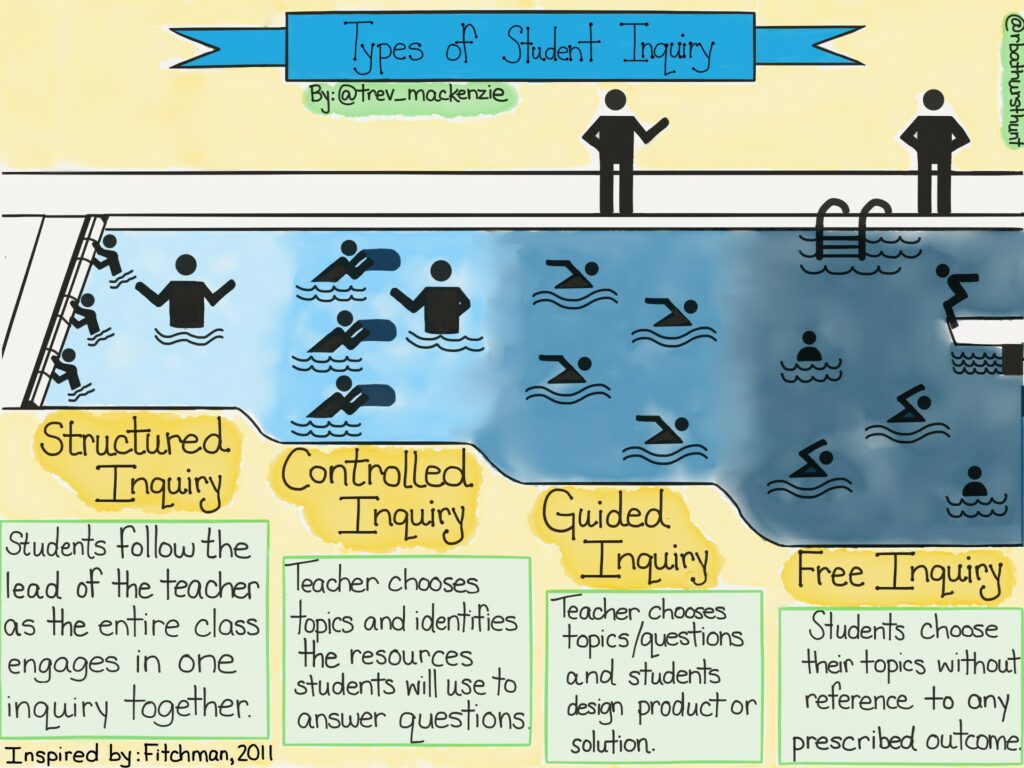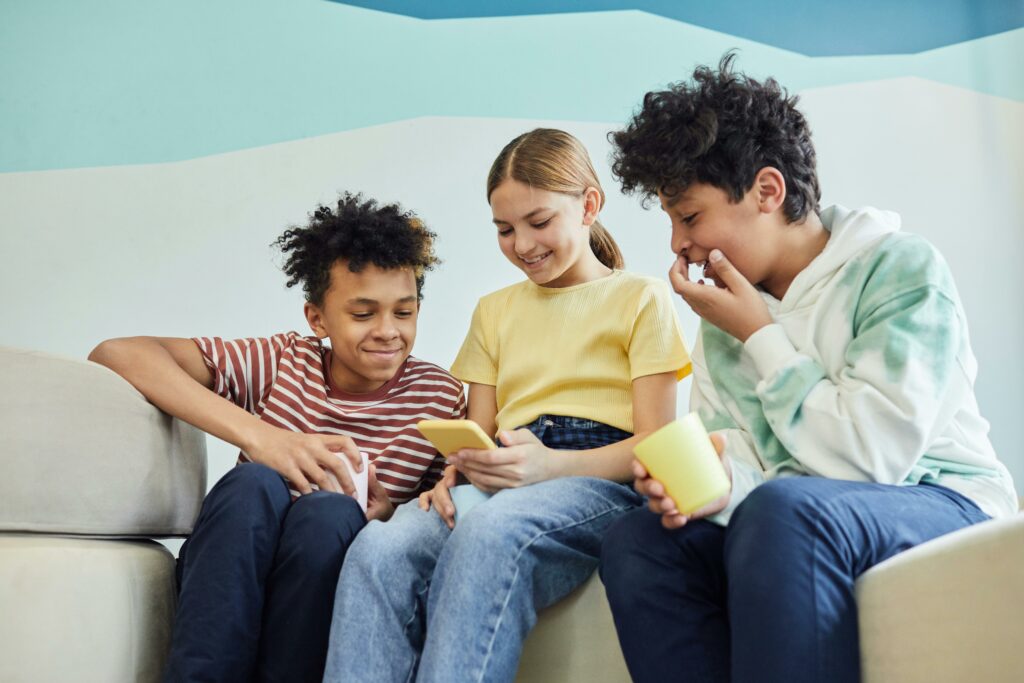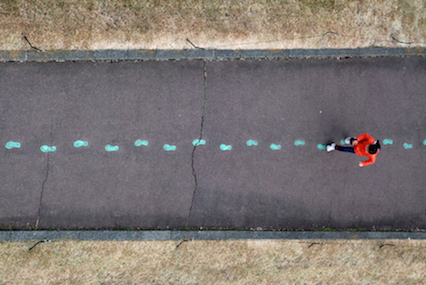On October 22, 2024, Pacific School of Innovation and Inquiry (PSII) founder and co-principle Jeff Hopkins spoke to our class about PSII, his vision for education, and how it all started.
PSII is an independent/private school located in the heart of Victoria, British Columbia. They use inquiry-based philosophy to deliver content to grades 9-12 students. This involves helping students develop multidisciplinary projects that act as vessels for curricular competencies. Hopkins provided stories of students in grade 9 fulfilling requirements for Physics 11 and 12 because they were interested in determining the velocity of a skier at Mount Washington. They use a checklist system to keep track of the competencies that a student has developed, and teachers suggest alterations to projects to ensure they are meeting the standards set by the BC curriculum.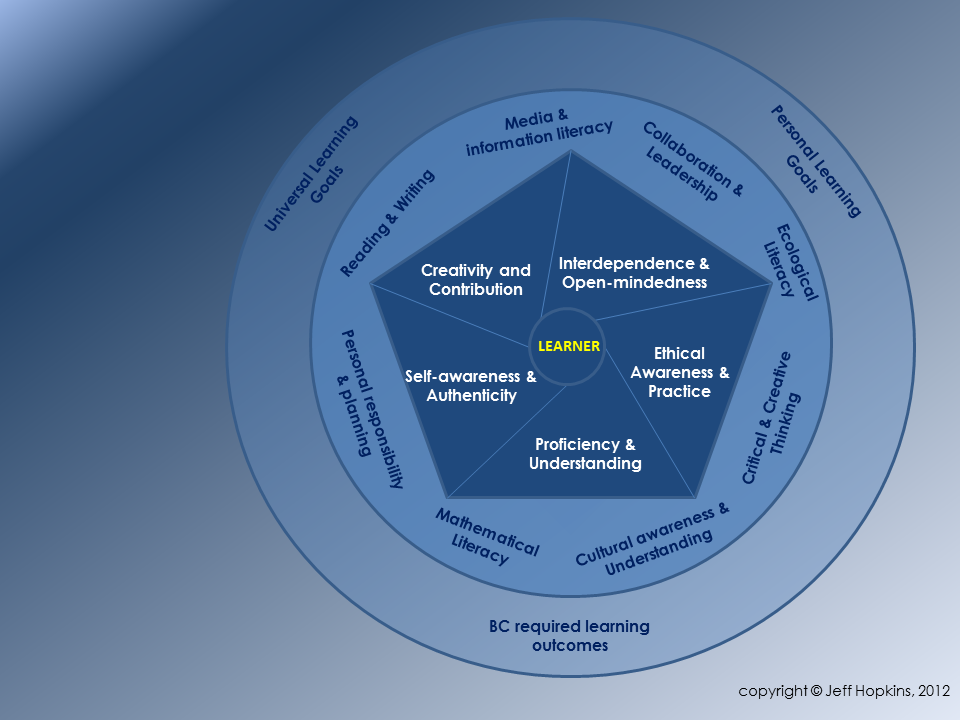
Why Start PSII?
Hopkins states that administration and teachers know that direct instruction is not the optimal method for teaching students, but the education system does not allow for a dramatic shift in the way we teach. As a superintendent, this bothered Hopkins greatly. He refers to this phenomenon as the “knowing-doing gap,” when knowing what is right does not always mean that we are doing what is right.
There is another problem with implementing inquiry-based learning that goes beyond our current system limitation – it wouldn’t be ethical to change the educational ethos of an entire district without firm backing that it will work. So Hopkins decided to quit his superintendent job and open PSII.
What are the benefits?
Hopkins claims that there are far less behavioural challenges with students because they are excited to come to school and work on their personal projects.1
Other benefits include:
- Individual needs are catered to.
- Students are always working within their zone of proximal development.
- Collaboration is encouraged and emphasized.
- Students gain autonomy in their learning – what, why, and how they learn is up to them.
- Learning is done in the context of a project, which leads to deeper and richer understanding.
- Assessment is holistic and less artificial.
- Students learn how to think for themselves, and think critically about their projects and analysis.
Below is a flowchart students use to develop their projects.
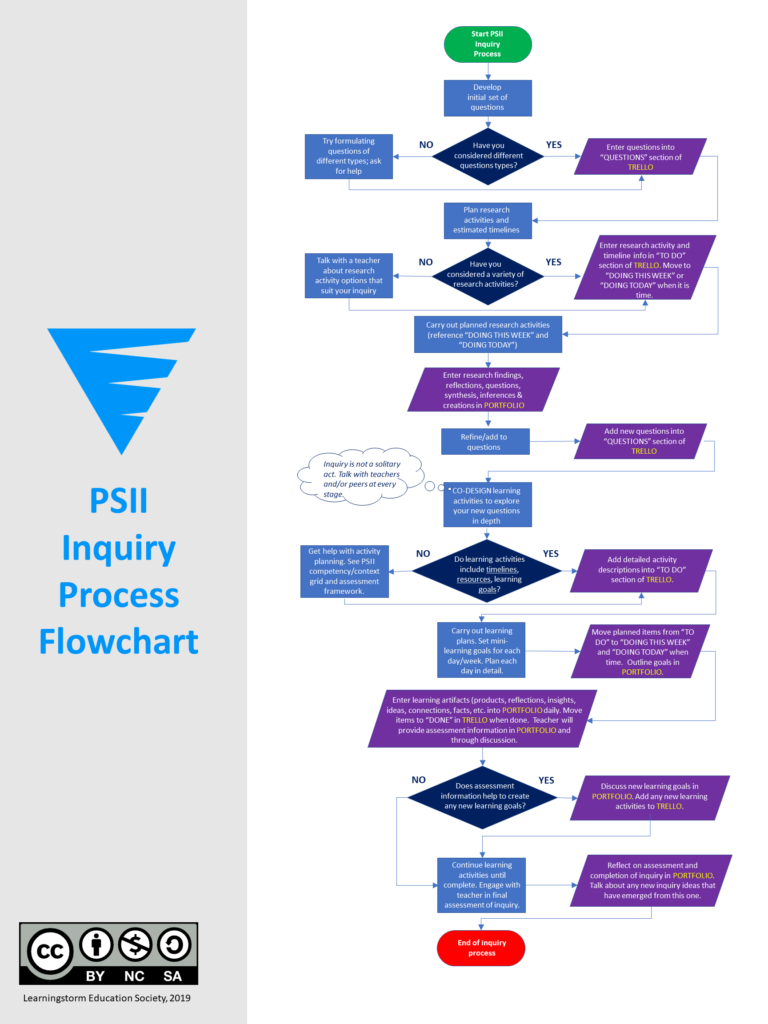
From the PSII Website
For more information, check out this video on PSII’s vision, goals, and methods via Vimeo:
Thank you,
Jordan
- I think it is important to note that this is a private school, so students and student parents are paying to be there, so it is possible that behavioural challenges and student engagement is affected by this. I trust that Hopkins is well-informed and not maliciously providing misleading information for personal gain. I just want to mention this fact. ↩︎
